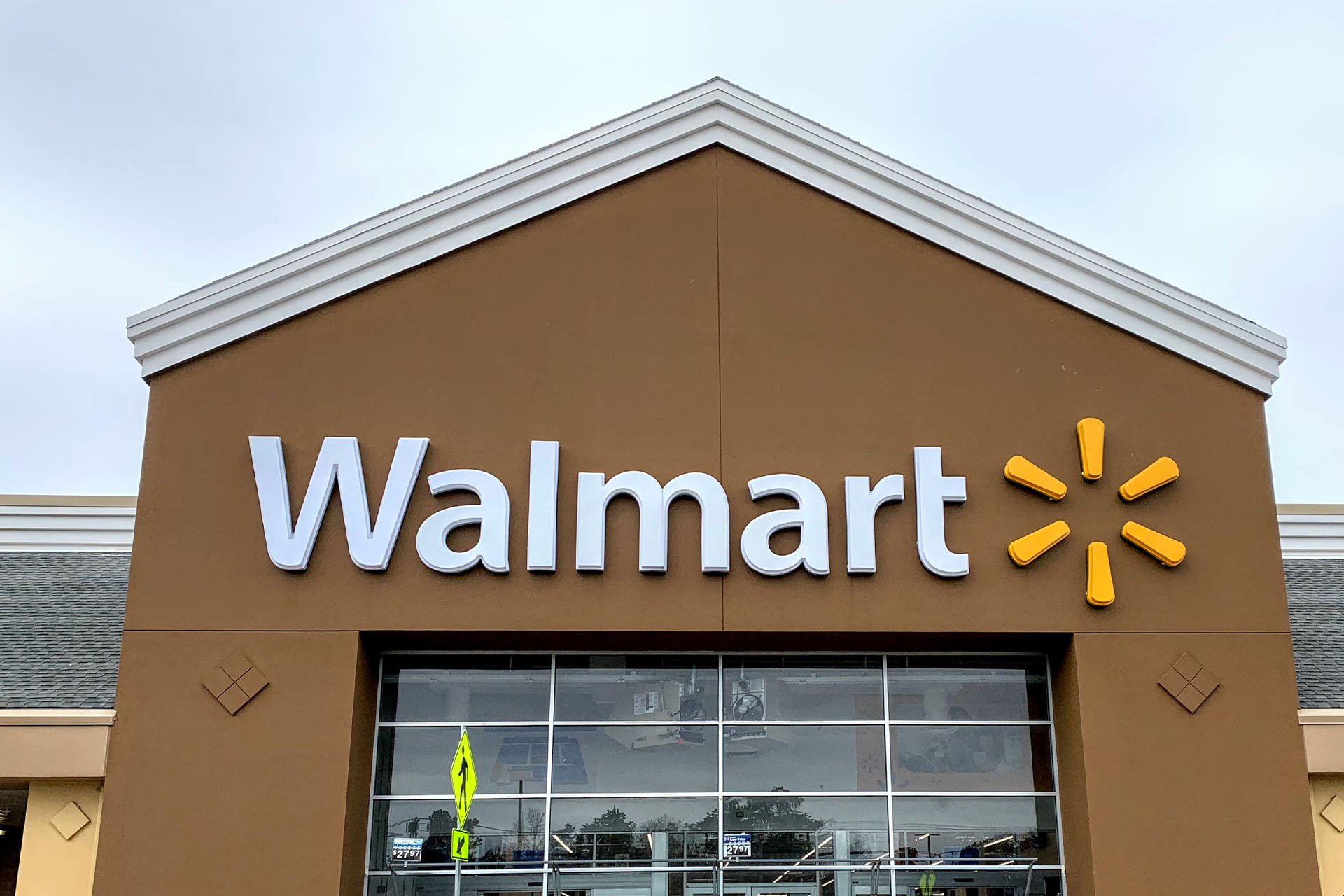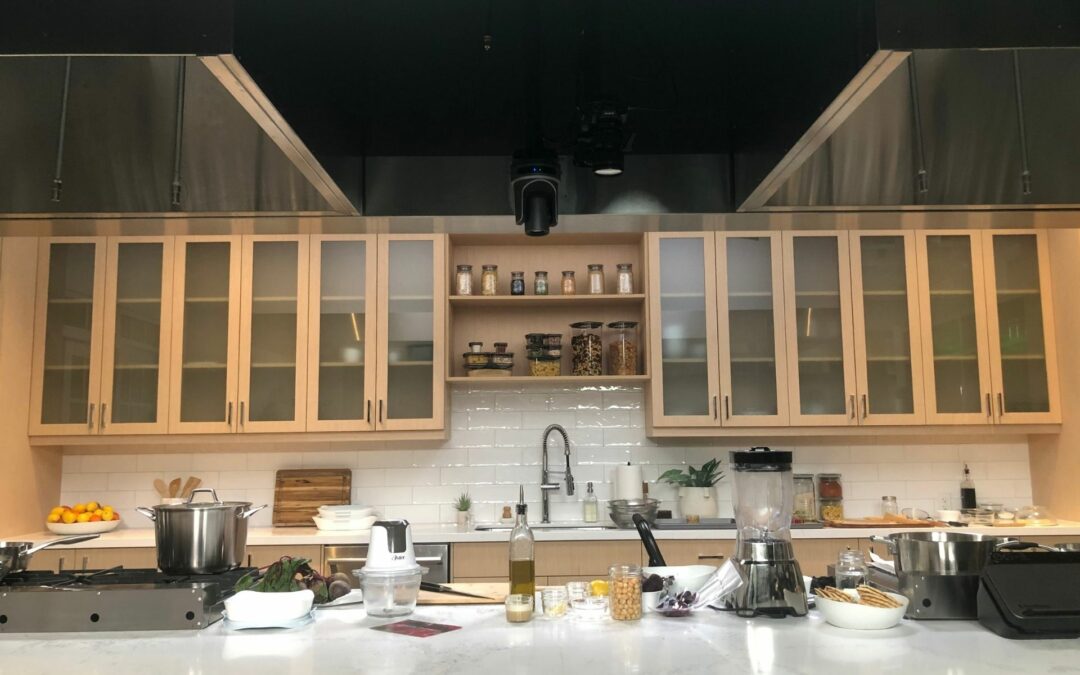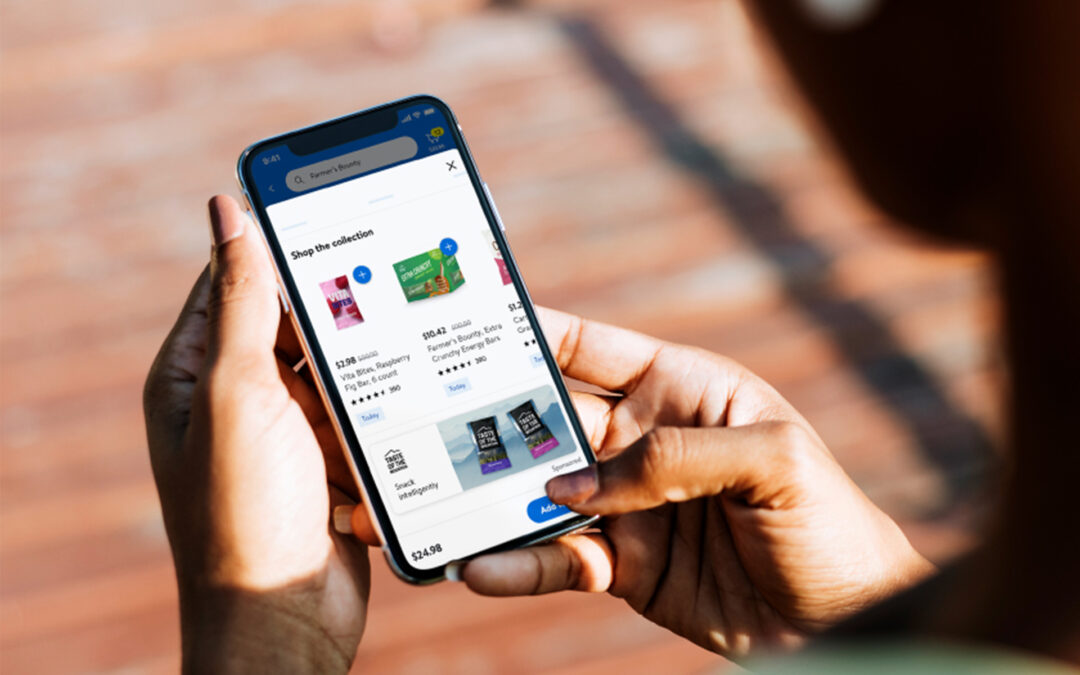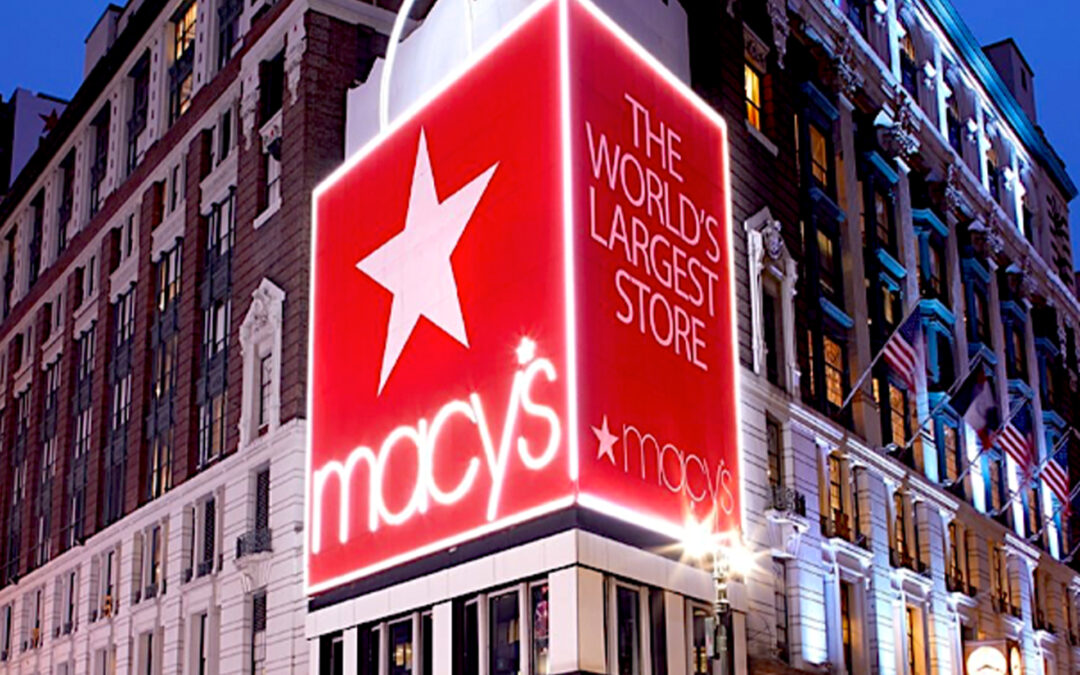This is the second installment of an exclusive HomePage News series examining the state of major home and housewares retailers entering the back half of 2021.
Read all installments of the HomePage News series: Big Retail Beyond 2021.
Among the challenges is ensuring new initiatives that have driven sales during the pandemic bolster the bottom line.
Walmart certainly hasn’t been shy about rolling out new programs, including a home collection created in a partnership with Gap that includes tabletop, decor, bedding and bath. The June 24 launch on Walmart.com ensured the collection was available in time for the back-to-school/college season. It includes 400 items, according to Walmart, and, even if launching in time to boost the retailer’s competitive position for dorm-room purchasing, the collection isn’t just targeted at students but anyone outfitting a home. Walmart will introduce additional seasonal and special collections throughout the year developed with Gap’s licensing agency, IMG.

In announcing the deal, Denise Incandela, evp/apparel and private brands, Walmart U.S., stated, “Over the last few years, we’ve been working hard to expand our apparel assortment to include quality, on-trend and accessible fashion to help customers outfit their closets no matter their personal style or budget. But, in an increasingly online-driven category, customers not only want variety in styles, but also an inspiring and personalized digital experience that makes shopping for apparel easy, fun and social.”
– Denise Incandela, evp/apparel and private brands, Walmart
Home Fashion
Of course, the company has tried to bolster its fashion equation before and later scaled back. But given its ability to use the online space to initiate new moves with less cost and little or no disruption to the in-store business, Walmart is exploring fresh routes into more stylish territory.
Wall Street was pleased when Walmart provided its most recent financial update. On the back of an earnings beat that was part of the company’s May 18 first quarter financial announcement, Walmart share price surged to around $149 after floating around $138 in the week before and settling in around $142.50 immediately thereafter. However, the share price had been knocked back in mid-May as concerns about the retailer arose.
Although it made strides in the COVID-19 pandemic as an essential retailer, Walmart got hit by a leaked memo to potential advertising agencies that expressed frustration with the uptake and retention rates in its Walmart+ membership program as well as with competitors chipping away at its grocery market share.
Walmart+ Grocery & Rx Discussions
In a conference call following the first-quarter earnings release, Walmart addressed grocery market share and Walmart+, although it didn’t reference the memo. For the most part, it was positive about grocery, which has become a bigger driver of consumer visits in-store and online, and the additional value it has been instilling into the assortment.

In the conference call, Walmart president and CEO Doug McMillon, said, “We’ve got so many other things going on with stores improving and traffic and e-commerce growing and marketplace and all that kind of stuff, we don’t think Walmart+ should be the primary focus at the moment for us with all these other opportunities.”
In the same conference call, however, one executive, when asked about the company’s likelihood of adding a wellness benefit to Walmart+ membership, dropped a hint that it just might. Then in early June, Walmart announced that it had created Walmart+ Rx, a prescription discount program offering select medications at zero cost and thousands of additional prescription medications up to 85% off.
Wellness Potential
In doing so, Walmart stated, it is furthering a commitment to integrated, omnichannel health delivery, leveraging data and technology to improve engagement, health equity and outcomes. The strategy gives Walmart the opportunity to engage consumers more broadly with direct efforts and, potentially, rub-offs ranging from over-the-counter drugs to personal care devices.
The intention is to make it easier and more convenient for account holders to manage their finances either digitally, at Walmart’s 4,500-plus locations or via Green Dot’s 90,000-plus retail distribution locations nationwide.
According to a Walmart spokesperson, the virtual event was trending to additional attendance.
“About a week before the entry deadline had closed, more than 3,500 businesses had applied for the chance to pitch their products, and more than 10,300 merchant meetings had been requested, tracking ahead of last year’s numbers at the same time in the process,” the spokesperson said.
Connected Walmart
“Marketplace growth accelerated this year as we’ve added new seller tools, improved the overall experience and introduced new services designed to help them grow their business,” the spokesperson added.
-Walmart Spokesperson
“They were able to win trips as trips compressed and consumers spent a lot more in each,” she said.
Profit Implications
Now, Walmart has to consolidate what it gained and see how it can advance profitably.
As busy as it has been, Walmart clearly has had to set priorities in its business. Not even the Bentonville behemoth has been able to cope with all it has wrought, and company executives have warned that its financial results will see the effects of investment in capacity the company is making before the new resources are fully employed.
In Walmart’s first-quarter conference call, McMillon said, “As it relates to capacity getting ahead of growth, it’s starting to happen. The plan that we had for the year is being executed. And as you’re in stores, you can see the stress that some of our stores are under in terms of the volume going through for pickup and delivery orders, and in some stores, we’re expanding space. Capital is going toward that.
“In some stores, we’ll be putting in automation to really press the top end of this thing where we know we’re going to have that kind of demand and the team is executing against that,” McMillon continued. “We’ll go as fast as we can go this year and do it well, and I think we’ll learn a lot from it, and we’re very confident that that capacity is going to be needed.”
-Mara Devitt, McMillanDoolittle
Core Value
In the coronavirus crisis, Devitt indicated, Walmart was able to build off of capability investments it already had made, as in curbside pickup, so the recent past suggests the retailer will be able to make strides based on its current crop of initiatives.
“They had been investing in internal capabilities and, in a pivot, did what they were going to do faster,” Devitt said. “Solutions for last mile, how do we get customers to pick up items in store? All those things they had in play, they were able to accelerate.”

Ethan Chernofsky, vp of marketing for Placer.ai, makes the point that pharmacy and related wellness initiatives, as well as other services that Walmart is adding, are becoming more critical to its growth, as the basic value-oriented discount store position comes under increasing assault from strong competitors from Amazon to Costco to Dollar General to Aldi to TJX depending on the bargain-seeking consumer for growth. So Walmart may need services, including grocery pickup and, increasingly, delivery, to give it an edge. Recent investments in drone delivery operation DroneUp and Cruise, an all-electric self-driving vehicle company, indicate that Walmart will check out just about every angle it can find to give itself an advantage.
“Walmart is the king of retail and is doing interesting things in sustaining their audience from clothes to toys to pharmacy to health care,” Chernofsky said.
Proprietary Services
Although Walmart and Target will remain intense competitors, changes in approach to the consumer suggest that more substantial differentiation between the two retailers may occur. Of course, that all depends on the consumer, but it could be instructive to watch the changes occurring at Walmart and Target to see if they bring the rivals into closer contention or vice versa.





